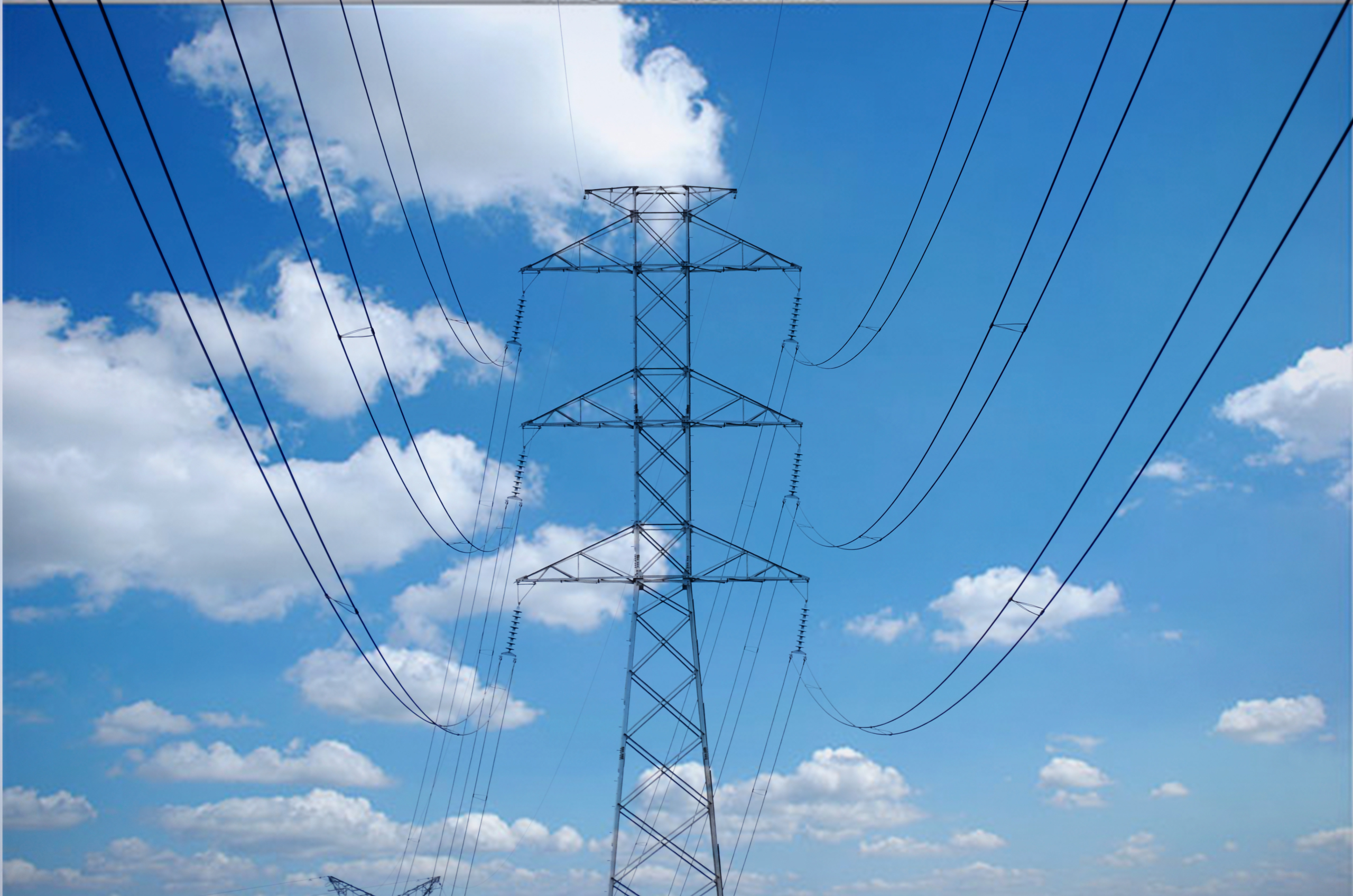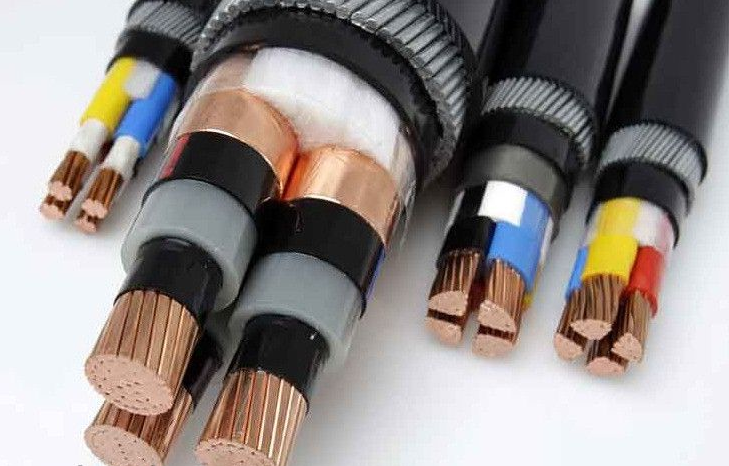Comparison Various Earthing System
The introduction to Earthing System in Oil & Gas Installations was previously discussed in this article. This article provides further explaination on the advantages and disadvantages of various earthing systems.
Earthing Arrangements
IEC 60364 distinguishes 3 types of earthing arrangements using the two letter codes (i.e. TN, TT and IT). While the first letter indicates the connection between...
Posted in Design on May 14th, 2024
Electrical Switching Transients
Basic Concepts and Simple Switching Transients
The purpose of a power system is to transport and distribute the generated electrical energy from power plants to the consumers in a safe and reliable way. Conductors are used to transport the current, transformers are used to bring the electrical energy to the appropriate voltage level, and generators are used to take care...Importance of Earthing Only One End of a Cable
Multi-core cables are particularly used for control, instrumentation, computers and telecommunications. These cables carry very small currents in their conductors compared to power cables. These currents feed into very sensitive electronic circuits. The system design of these electronic circuits must take account electromagnetic interference (EMC) that can be induced into the multi-core cable conductors.
To mitigate EMC, screens are...
Posted in Cathodic Protection / Design on May 8th, 2024
Cathodic Protection Of Offshpre Structures
Offshore structures comprise fixed platforms, mobile rigs, sub-sea pipelines, mooring buoys, harbours, and jetties. These are made of steel, but sometimes of concrete. All categories need cathodic protection to prevent the steel corroding in sea water. Full cathodic protection requires that all points of the steelwork have steel/sea-water potentials more negative than -0.8 V wrt Ag/AgC1.
The protective current...






